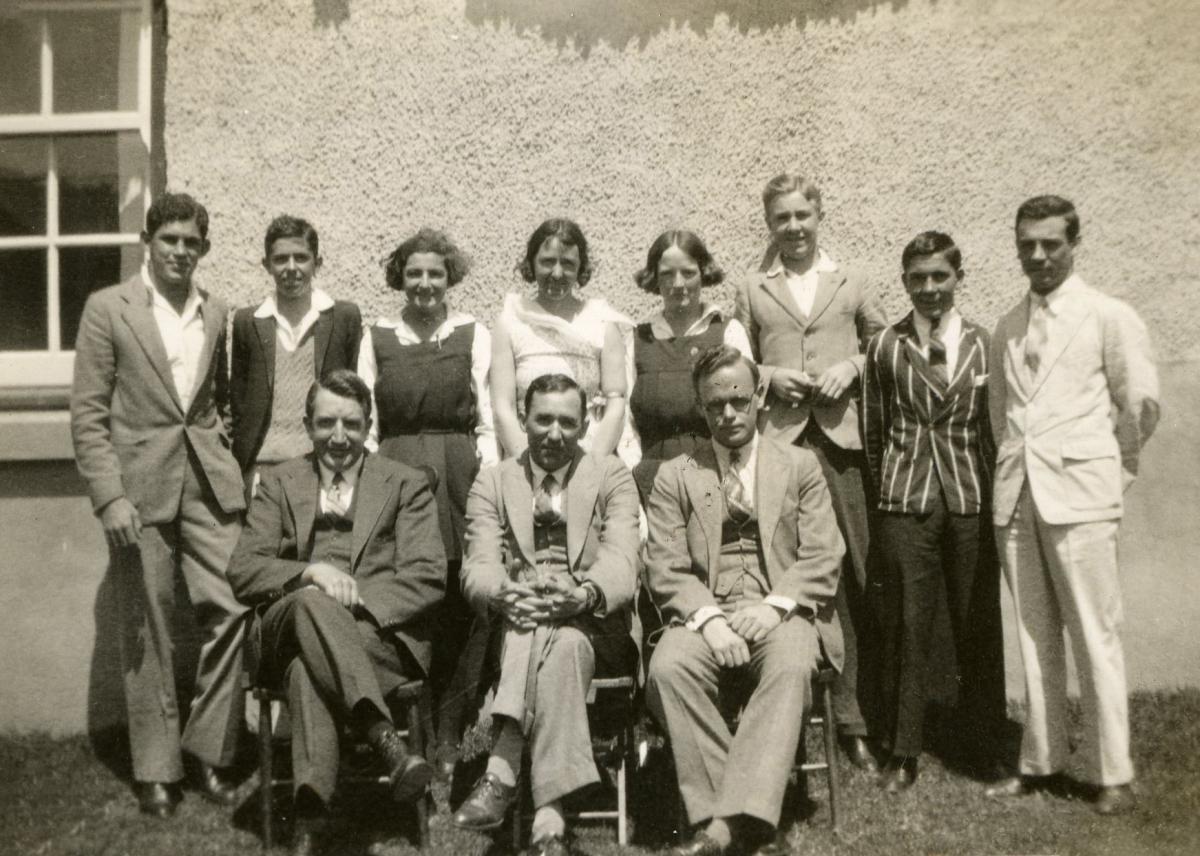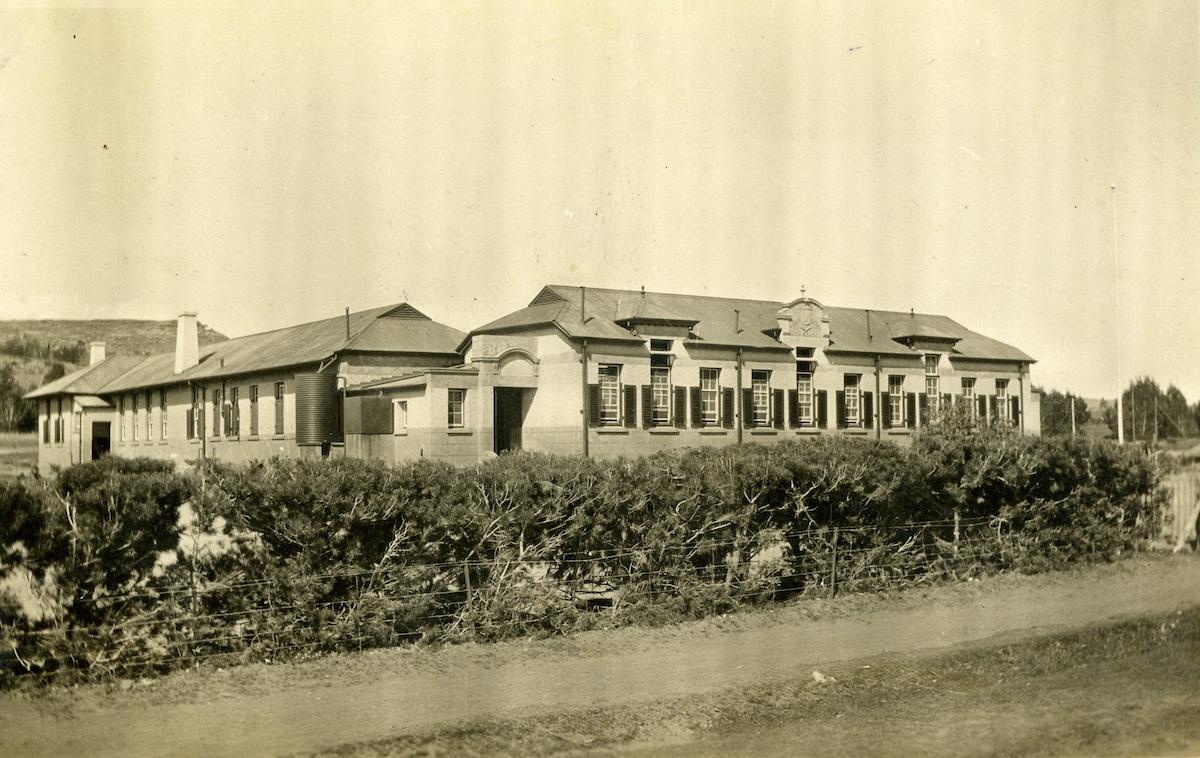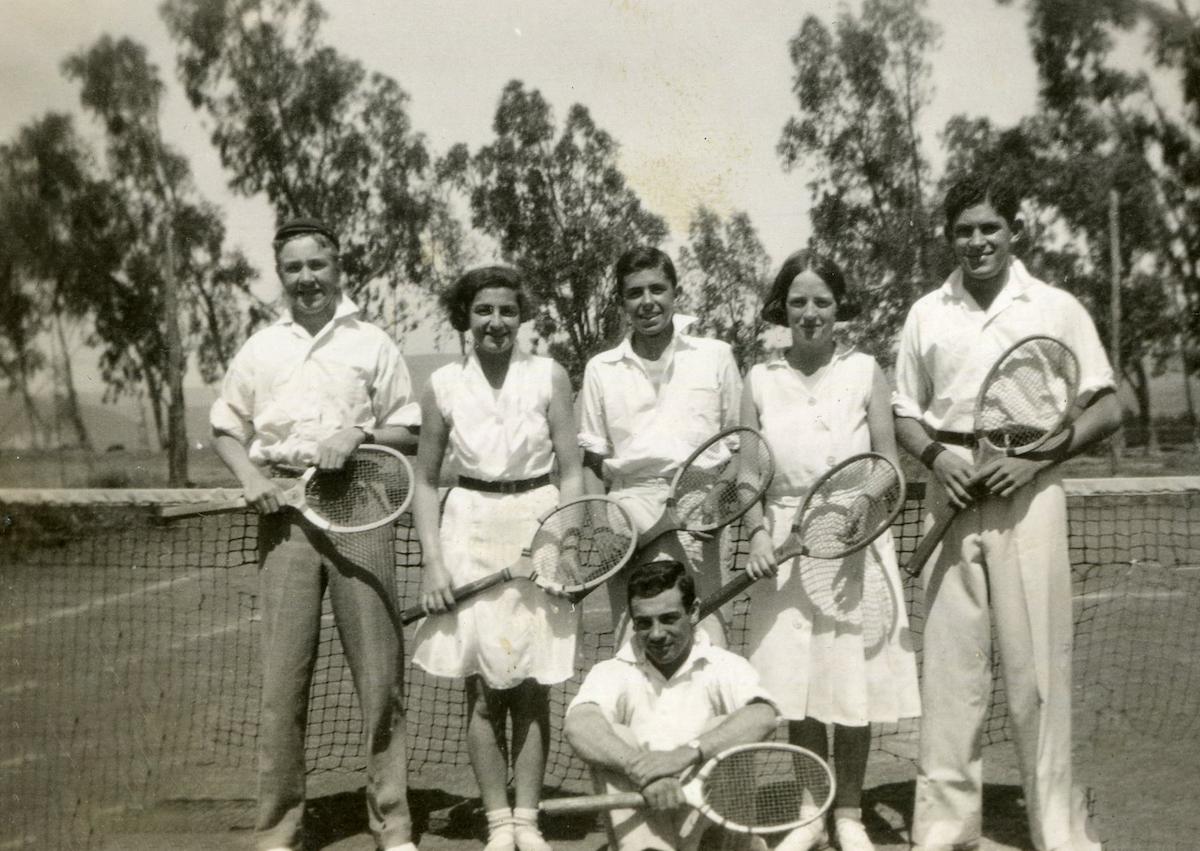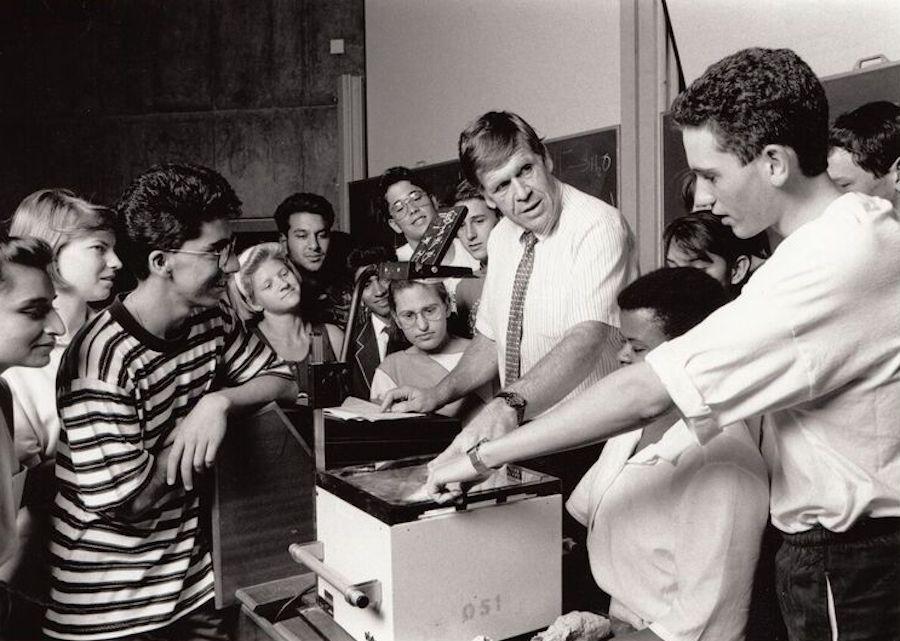
Disclaimer: Any views expressed by individuals and organisations are their own and do not in any way represent the views of The Heritage Portal. If you find any mistakes or historical inaccuracies, please contact the editor.
My cell phone pinged late one Saturday night. It was an email from the wife of South Africa’s favourite science teacher and renowned TV personality, William Smith. “I am replying to your enquiry on behalf of William”, Jenny wrote from Australia. “Due to time constraints with William being unwell, I have given as much input as we are able to.”
I was elated. William had identified his mother on the 1932 school photograph I sent him via the helpful staff at Rhodes University. In their response, the Smiths also provided me with invaluable information about William’s maternal grandparents for the book I was writing. The family lived in Indwe (the first company town in South Africa) in the early decades of the 20th century.
Four days - yes, less than a week - after I received the email, the sad news broke: William Smith died of cancer in Perth, Australia on 21 August 2024, at the age of 85. I was shocked, but exceedingly grateful that the critically ill William had found the strength and time to reply to my email. This act may have been his final tribute to his grandparents.
Not many know that William Macdonald Smith’s grandfather, a New Zealander who studied medicine in Scotland, came to South Africa in the late 1890s on the advice of his doctor. The young William Chisholm Macdonald suffered from tuberculosis (then commonly referred to as consumption). His lungs were always weak and exposure to any virus and physical exertion resulted in haemorrhage. Kimberley would aid his recovery, they said. The climate is hot and dry.
The newly qualified doctor had barely arrived in the northern Cape when the South African (Anglo Boer) War broke out. Boer forces moved rapidly and besieged the burgeoning town, the second largest in the Colony at the time. Together with approximately 40,000 other residents and a nurse named Helen Evelyn Zondagh, William was locked down. Helen was a descendant of Jacobus Johannes (Koos Bybel) Uys, a Voortrekker leader. The 124-day siege was finally lifted on 15 February 1900, but not before the doctor and nurse had time to meet and fall in love.
William proposed and Helen accepted. They were married on 24 February 1904 in Uniondale. William was already working in Indwe. The town which had been established on the fringe of the Stormberg mountains in 1896 was growing rapidly due to the coal deposits and mining activities. Cecil John Rhodes’s De Beers Consolidated Mines had a controlling stake in the Indwe Railways, Collieries, and Land Company and may even have been instrumental in Dr Macdonald’s relocation to Indwe. There, William had a house built (Inverness) for his growing family. Sadly this house was later gutted by fire; the family lost virtually all their possessions. William had acquired 1 Doorn Street where a couple of rondavel-like structures connected by what must have been a general ward, were used as the local nursing home.
1 Doorn Street, Indwe. The hexagonal building on the left of the photograph is one of the two original rondavel-like rooms used as a nursing home. The rondavel on the right was probably added later and served as an outside room. The Indwe golf course, established in the early years of the town’s existence, can be seen in the distance. (Conrad Prinsloo - The Prinsloo family acquired 1 Doorn Street in 1950 and lived there for many years)
In 1919, 48-year old William Chisholm Macdonald died of haemoptysis at home. His untimely death left grieving Helen to take care of her son, also William Chisholm (called Chisholm – he died young in a motor car accident), and two daughters: Flora and three-year old Mary. Undeterred, Helen soldiered on, so much so that a mere six years after being widowed she was elected the mayor of Indwe. A female mayor? In 1926? Surely this was quite uncommon in those patriarchal times.
Helen’s youngest child became a star scholar. Mary excelled in academia, art, music, and sport, and was elected as the Indwe High School’s victrix ludorum. By 1936 she had obtained her BSc at Rhodes University College. Two years later, she married her lecturer, Prof JLB Smith.
Indwe High School in the 1920s. The original buildings were built in circa 1912. In 1926 the school was granted high school status, very rare in those years for schools in small towns. In 1976 the author’s father was one of a group of seven colleagues who had collectively taught at the school for 222 years. They were known as “die bittereinders”. (The Moffett family collection).
After the wedding, Mary abandoned her second name in favour of her first name. To her, Margaret Smith sounded better than Mary Smith. Not long after the wedding, one year to be precise, the couple announced one of the scientific finds of the century: the coelacanth, a prehistoric fish thought to have been long extinct.
JLB and Margaret Smith have left an enduring legacy and will forever be remembered for their work in the field of ichthyology. In 1956, Margaret, an esteemed Indwean, acknowledged in the Past Pupil’s section of the Indwe High School annual the excellent education she had received in Indwe. In her own words, “It was second to none in the country”.
1932 Indwe High School tennis team: Mary Macdonald and the author’s uncle, Denzil Moffett, are standing far right. When Mary’s mother was Mayor, she donated a floating trophy to the school for achievers on the tennis court. (Denzil Moffett’s album)
The Smiths' only child, William Macdonald Smith, made an incalculable contribution to the promotion of science and learning in South Africa. He is endeared to the men and women whose lives he touched. Smith’s alma mater awarded him a Doctor of Laws (honoris causa) in 2021 to honour his innovative teaching methods and profound impact on science and math education.
William Smith Teaching
But may history not forget the two original Indweans, the compassionate Dr William Chisholm Macdonald and his formidable wife, Helen née Zondagh, who laid the foundations for the achievements of their descendants.
Postscript: The author’s mother, Alice, and his uncle, Denzil Moffett were at school with Mary Macdonald. The author’s father, TJ Barnard, was a school teacher at the same school for forty-two years. The author grew up in Indwe and has recently written and published two books about Indwe and the Indweans (www.theindweans.com).
Main image: 1932 Indwe High School Seniors: Standing 5th from left: Mary Macdonald. Standing far left: Denzil Moffett (the author’s uncle). Seated from left to right: Willem C van der Merwe, Leslie H Field (Principal), RA Scott. (Denzil Moffett’s album).
Eugéne Barnard – Boysie to family and school friends – grew up in Indwe in the nineteen-sixties. His childhood dream of becoming an architect was realised when he graduated from the University of Port Elizabeth (now Nelson Mandela University) with a Bachelor of Building Arts (1976) and Bachelor of Architecture (1978). For nearly four decades he exercised his passion – architecture – from his base in Polokwane, Limpopo. He and his wife, Stella, whom he met at university, now live in Pretoria. In addition to practising architecture, he is a qualified arbitrator and mediator. Eugéne’s father was a history teacher and keen sportsman, and his mother was a homemaker, librarian, musician, and tap dancer. His own interest in history, his fascination with words, the enchantment of stories, his fond memories of a happy Indwe childhood, and a gradually developing curiosity in genealogy, laid the foundation for the research for and writing of the two volumes of the town and its people: The Indweans - The Tale of Tom and Alice; and The Indweans - Heart of my Hometown.
Comments will load below. If for any reason none appear click here for some troubleshooting tips. If you would like to post a comment and need instructions click here.




